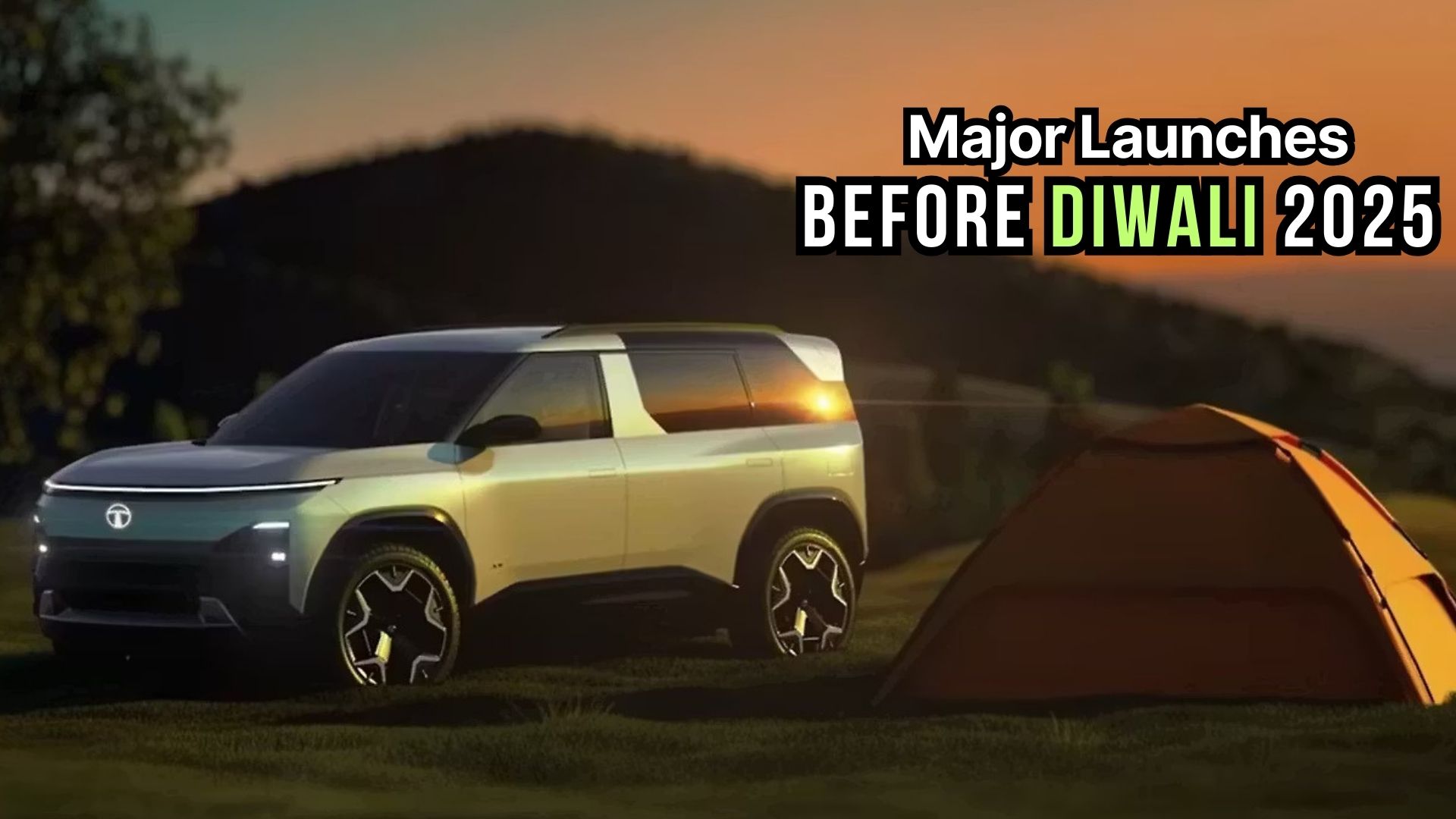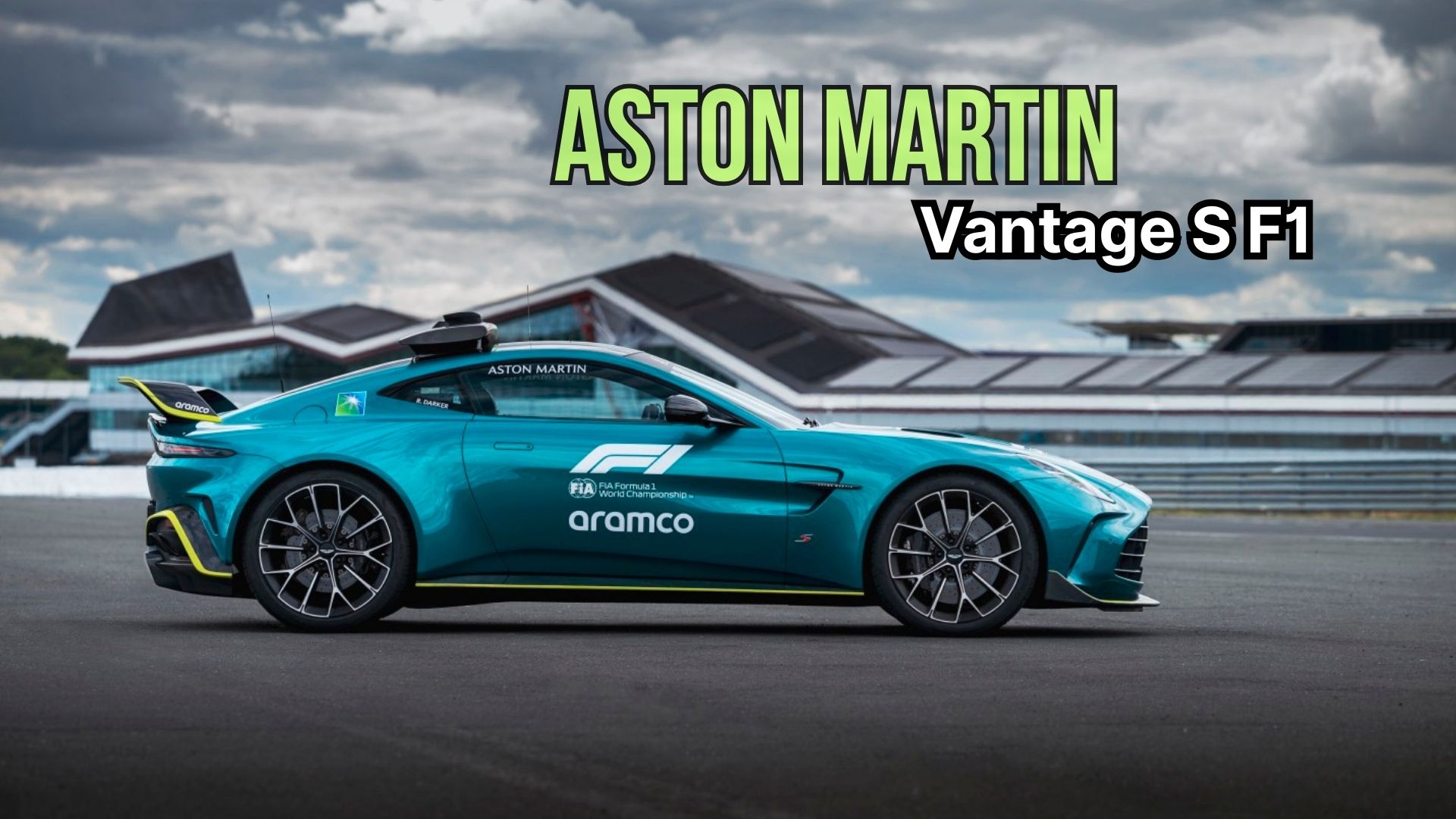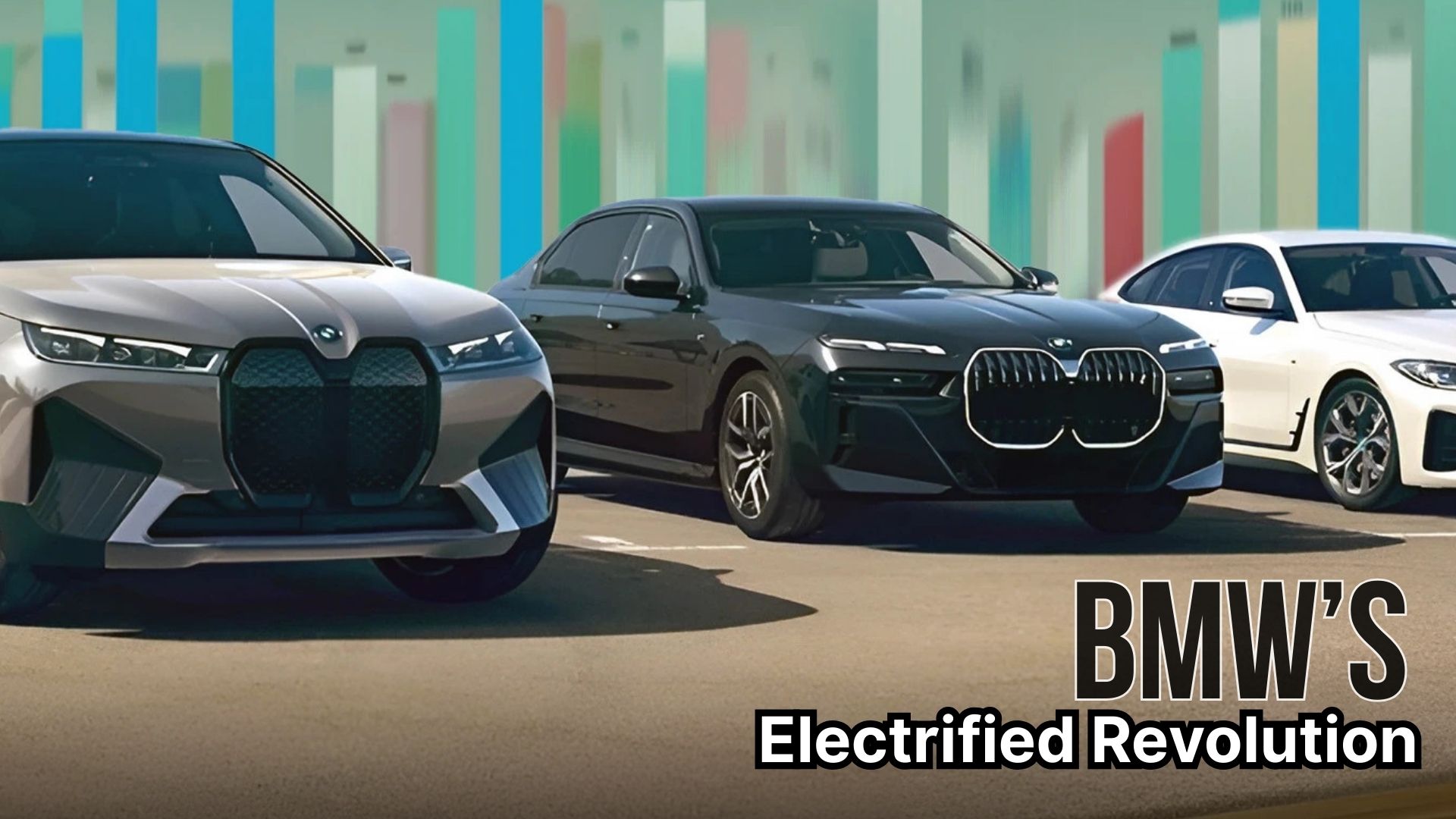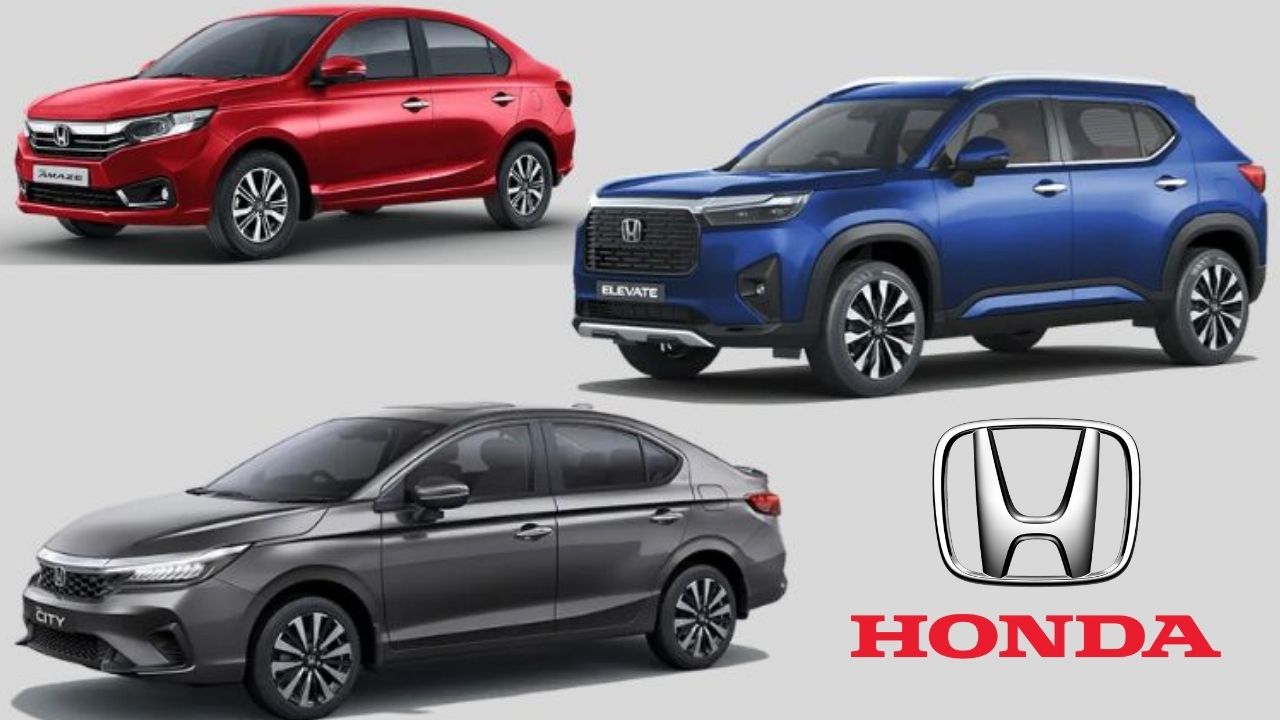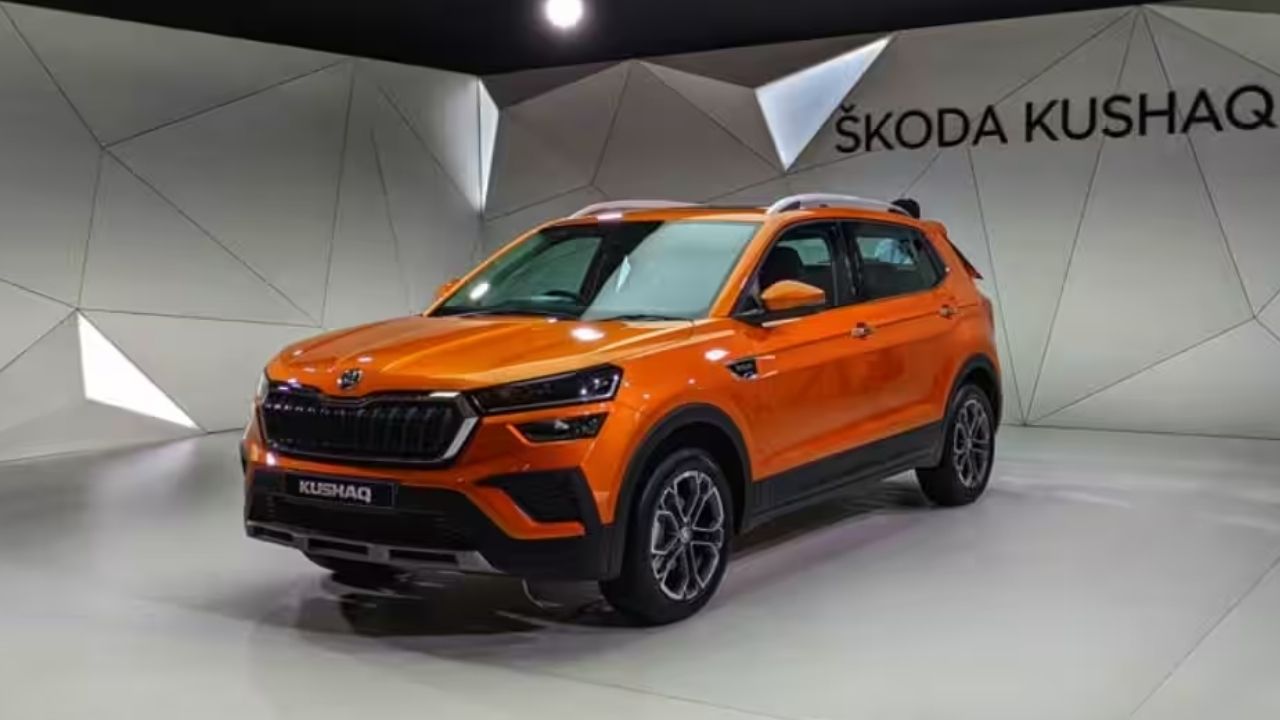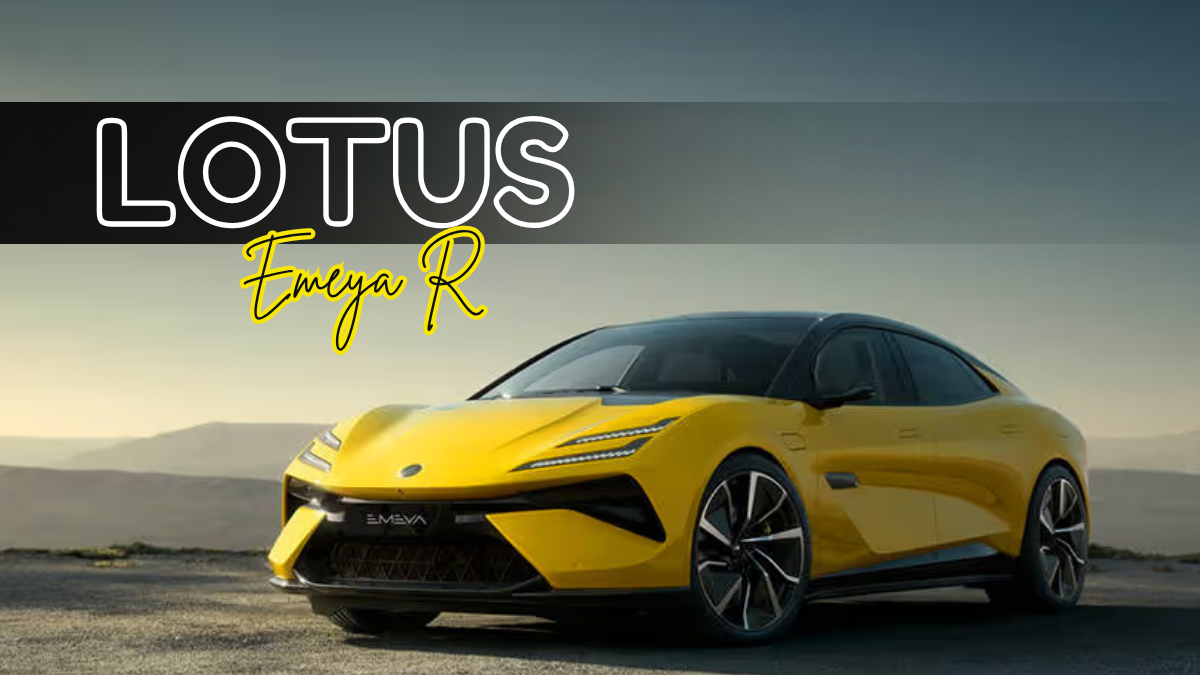The supercar industry is experiencing its most significant transformation in decades. Performance giants that once swore by raw combustion engines are now turning to hybrid powertrains. Lamborghini, an icon of Italian automotive passion, has recently unveiled two models the Revuelto and the Temerario that embody this shift. What makes them remarkable is not just their extreme design and speed, but the advanced electric components within.
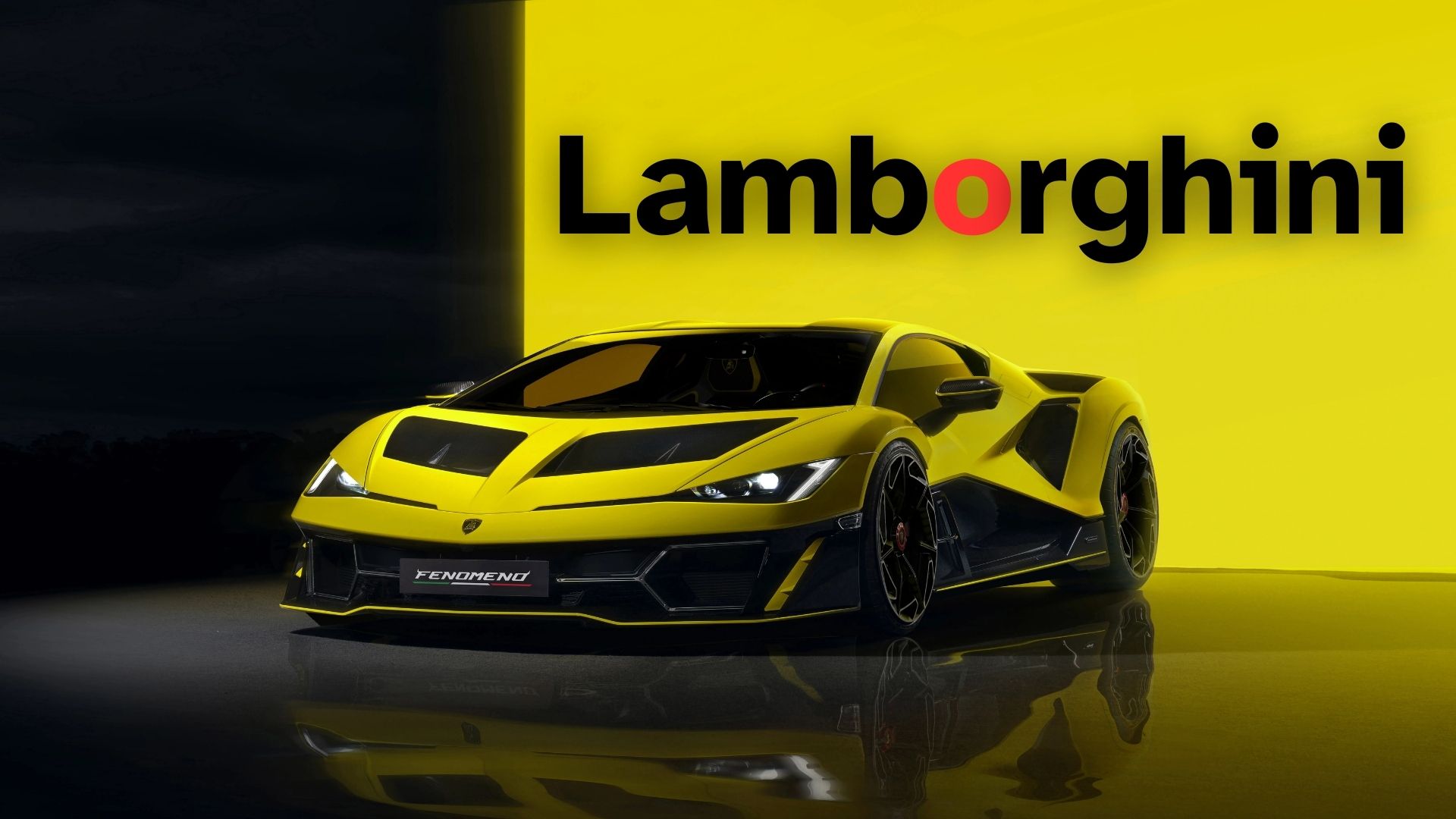
At the heart of this innovation lies a collaboration with YASA, a British electric motor company owned by Mercedes-Benz. While Lamborghini has retained its mastery over combustion engines, the electric propulsion systems come directly from YASA’s axial-flux motor technology. This blend of Italian flair and German engineering has positioned these models as benchmarks for the hybrid supercar era.
Lamborghini Revuelto: A V-12 Hybrid Revolution
The Revuelto, launched in 2023, marks Lamborghini’s first production plug-in hybrid supercar. It continues the brand’s tradition of housing a naturally aspirated V-12 engine, but adds three electric motors-two YASA axial-flux units on the front axle and one at the rear.
-
Output: More than 1,015 horsepower combined
-
Motor Specs: Each YASA unit delivers 110 kW (148 hp) and 300 Nm torque, weighs only 17.3 kg, and measures just 70 mm thick
-
Functionality: The motors provide torque vectoring, regenerative braking, and instant electric response
The Revuelto thus represents Lamborghini’s commitment to retaining the essence of its past roaring engines and emotional design while meeting the demands of a hybrid future.
Summary Table
Feature |
Lamborghini Revuelto (V-12 Hybrid) |
Lamborghini Temerario (V-8 Hybrid) |
|---|---|---|
Combustion Engine |
Naturally aspirated V-12 |
Twin-turbocharged 4.0L V-8 |
Electric Motors |
2 × YASA axial-flux (front) + 1 rear motor |
2 × YASA axial-flux (front) + 1 integrated motor |
Power Output (Combined) |
1,015 hp+ |
900-920 hp |
Performance |
AWD, torque vectoring, over 1,000 hp |
0-100 km/h ~2.7s, top speed >340 km/h |
Motor Specs |
110 kW, 300 Nm, 10,000 rpm, 17.3 kg, 70 mm thick |
Same specs, adapted to V-8 integration |
Design Philosophy |
Maintain V-12 heritage with electrification |
Blend new V-8 hybrid tech with extreme design |
Official Links |
Lamborghini Temerario: V-8 Twin-Turbo Meets Electric Precision
In 2025, Lamborghini followed up with the Temerario, its second plug-in hybrid model. Unlike the Revuelto’s traditional V-12, this supercar introduces a twin-turbocharged 4.0-liter V-8 engine paired with three electric motors.
-
Configuration: Two YASA axial-flux motors mounted on the front axle and one integrated within the V-8’s housing
-
Combined Power: Over 900 hp (around 920 PS)
-
Performance: 0-100 km/h in approximately 2.7 seconds and a top speed of more than 340 km/h
The Temerario demonstrates Lamborghini’s flexibility: while some purists mourn the loss of the V-12, the new V-8 hybrid proves equally capable of delivering jaw-dropping performance while advancing sustainability.
Why Axial-Flux Motors Are Game-Changing
Traditional electric motors use a radial-flux design, but YASA’s axial-flux architecture reimagines the approach. The key differences include:
-
Compact Size: Much thinner than radial motors, saving space
-
Lightweight: Just 17.3 kg per unit in Lamborghini’s hybrids
-
High Power Density: Exceptional torque delivery relative to mass
-
Efficiency: Capable of spinning up to 10,000 rpm with reduced energy loss
This makes axial-flux motors particularly well-suited for high-performance applications, where weight, torque, and packaging are critical. Lamborghini’s adoption underscores their importance in the future of electrified supercars.
Mercedes-Benz’s Strategic Advantage
Mercedes-Benz acquired YASA in 2021 with the intent of deploying axial-flux motors across its own AMG lineup. Interestingly, Lamborghini became the first to fully integrate the technology. This strategy allows Mercedes to refine and test YASA’s designs in limited-production supercars before mass deployment in its own EVs.
Reports suggest that upcoming AMG electric sedans and SUVs built on the AMG.EA platform will adopt axial-flux technology. With YASA already proving its worth in Lamborghini’s Revuelto and Temerario, Mercedes-Benz will likely introduce even more powerful iterations for its own fleet.
The Bigger Picture: Hybrid Supercars as a Bridge
While hydrogen fuel cells remain under development, hybrids offer the most immediate path to balancing sustainability with performance. Collaborations like this one between Lamborghini and Mercedes-Benz highlight an industry-wide strategy: keep combustion alive, but enhance it with electric assistance.
The Revuelto and Temerario are not merely transitional models they are statements of intent. Supercars can remain thrilling, aggressive, and aspirational, while embracing advanced technologies that reduce emissions and improve efficiency.
FAQs
Q1: Why did Lamborghini partner with Mercedes-Benz’s YASA?
A1: Lamborghini needed advanced, lightweight motors for its hybrids. YASA’s axial-flux technology, owned by Mercedes-Benz, offered the best mix of compact size, torque density, and performance.
Q2: Which models use YASA motors today?
A2: Lamborghini’s Revuelto and Temerario both feature YASA motors on the front axle, with the Temerario also integrating one directly into its V-8 housing.
Q3: Will Mercedes-Benz use these motors in its own cars?
A3: Yes. AMG is expected to introduce axial-flux motors in future high-performance EVs built on its AMG.EA platform.
Q4: How do these motors improve performance?
A4: They provide instant torque, reduce weight, allow torque vectoring, and improve regenerative braking all while preserving Lamborghini’s performance identity.
Q5: What’s the future outlook?
A5: Lamborghini will continue expanding its hybrid lineup, while Mercedes-Benz prepares to scale axial-flux technology into mainstream AMG electric vehicles.
For More Information Click HERE
